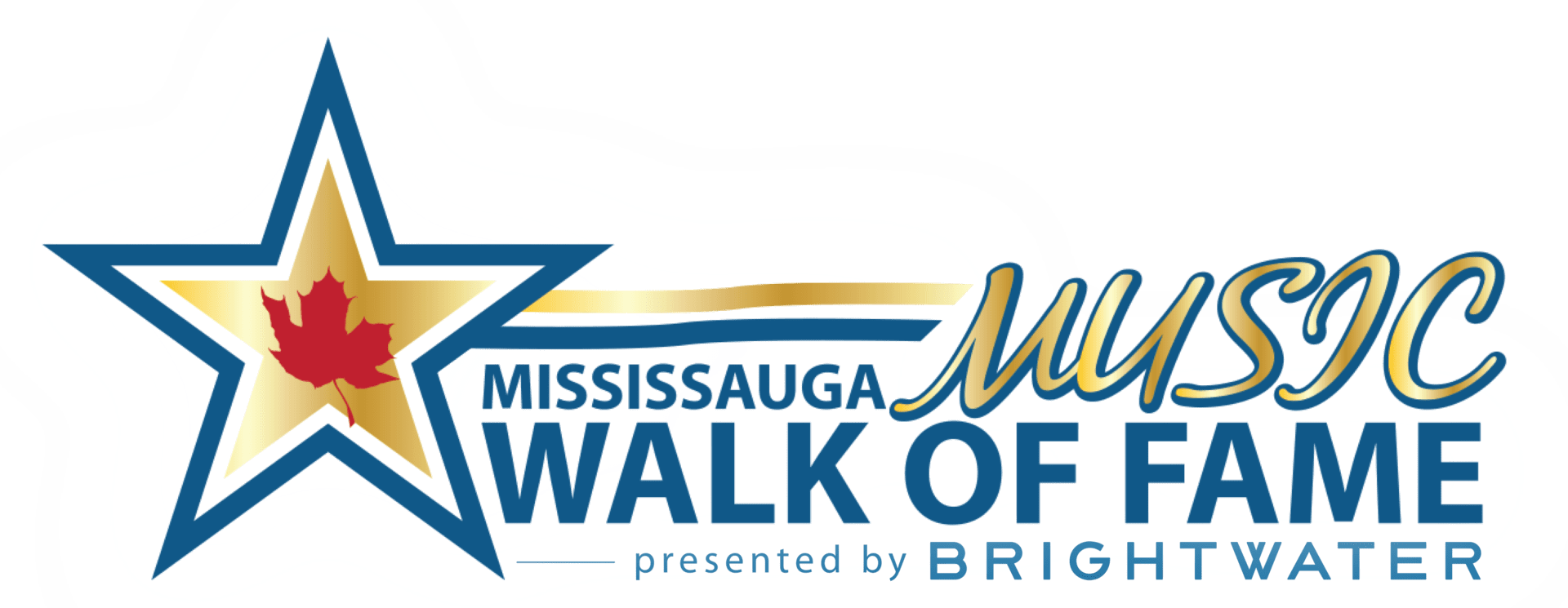THANK YOU and see you at our 2024 Mississauga Music Walk of Fame Induction Ceremony
Thank you for joining us as we welcomed Maestro Denis Mastromonaco and the Mississauga Symphony Orchestra, and Juno Award-winning singer and songwriter Suzie McNeil to the Mississauga Music Walk of Fame during the Tim Horton’s Southside Shuffle Blues and Jazz Festival. The 2023 Induction Ceremony video is NOW available, click the button below. See you in September 2024.









































































